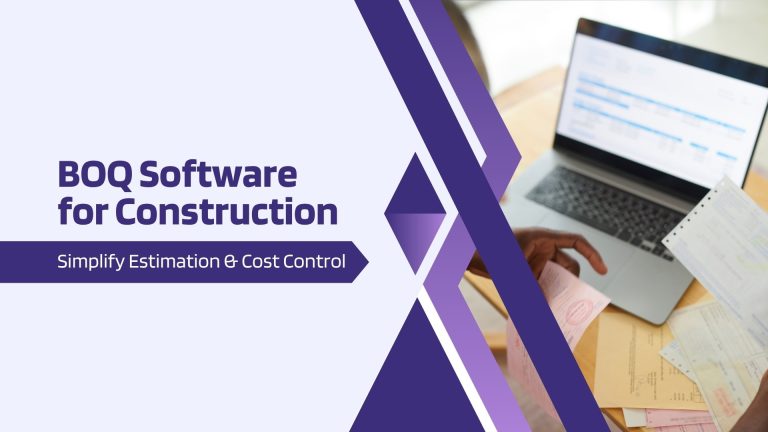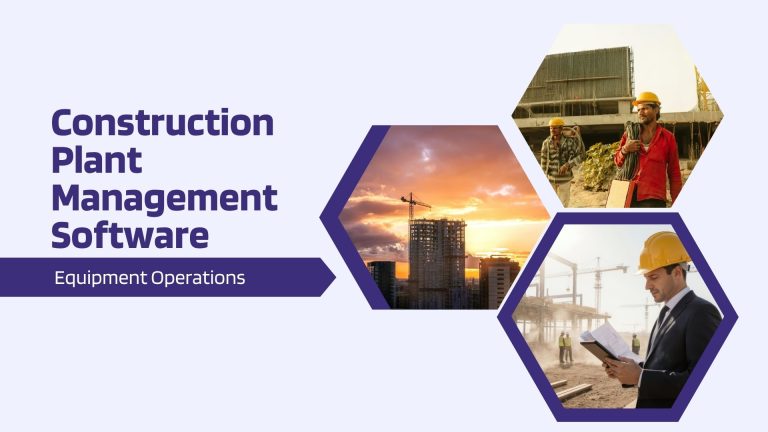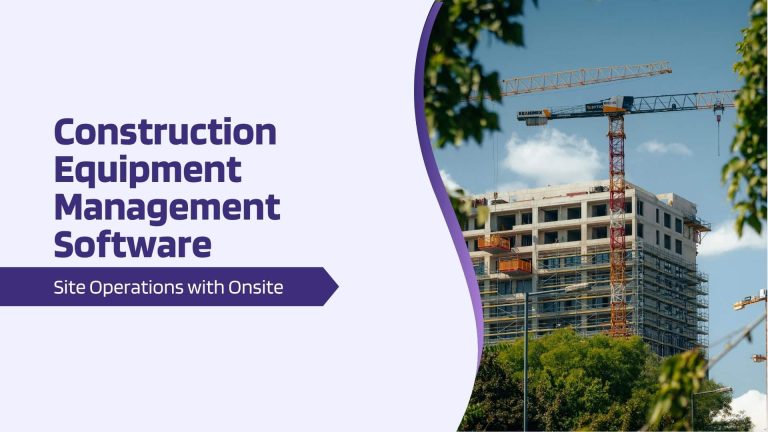Work Hours
Monday to Friday: 7AM - 7PM
Weekend: 10AM - 5PM
Why Steel Rates are Rising in India | Exploring the Main Causes
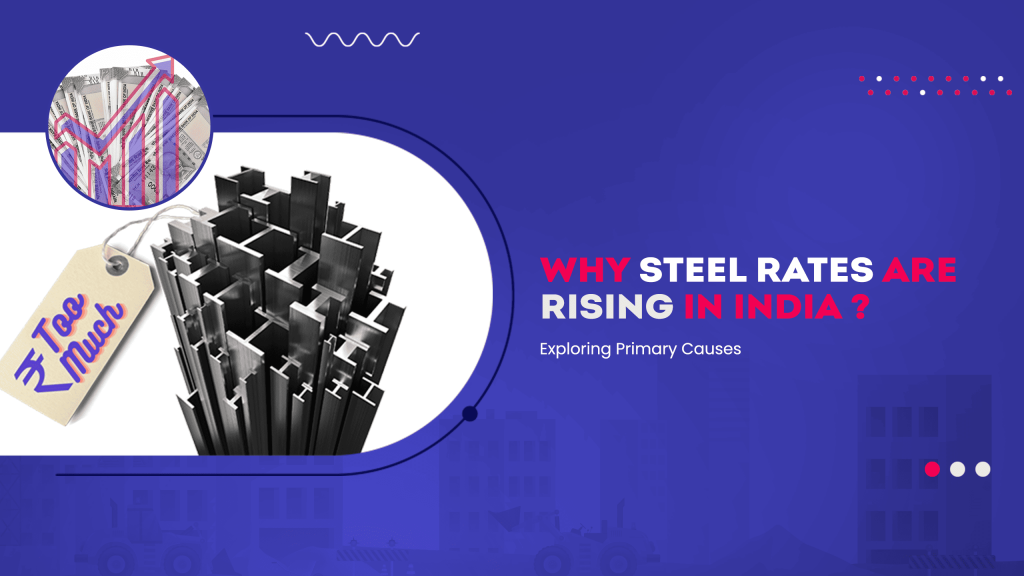
Steel is a significant constituent raw material used in the construction industry. Any rise or fall in the rates of steel in India would directly impact the construction cost. Steel rates have escalated globally in recent years. There has been a momentous hike in steel prices in India in the last two years. These prices have almost doubled in this short period. An increase in the price of raw materials and newer policies adopted by China to grow its domestic infrastructure are the leading cause of this rise. Although the price rise has been profitable for large steel manufacturers such as TATA Steel, Jindal, SAIL, etc, it has negatively impacted small enterprises.
Steel Price Hike In India
China is the largest producer of steel in the world. It produces around 55% of the world’s steel. Steel prices have increased in India since July 2020, when China took vital decisions regarding steel supply and export. Here we have compared the variation in steel prices from June 2020 to May 2024. The last update (dated 25-apr-2024) of steel price in India showed 43,720 compared to 49,200 in the beginning of 2024.
| Date | Price |
| May 2025 | Rs.42,510 |
| April 2025 | Rs.42,660 |
| March 2025 | Rs.43,580 |
| February 2025 | Rs.42,570 |
| January 2025 | Rs.42,970 |
| December 2024 | Rs.43,170 |
Why India’s Steel Rates are Rising?
The enormous rise in steel prices in India has been multifactorial. Some of the main reasons for this hike are listed as follows.
1- Increased Demand
As the lockdown ceased after covid-19 and economic activities resumed, there was a considerable increase in the demand for the core materials like iron, steel, bricks, concrete etc. However, steel production did not accelerate at the same rate as the demand. This led to a remarkable rise in the steel price.
2- Shortage of Raw Materials
Iron ore is the main constituent of steel. The primary suppliers of iron ore namely Australia, Brazil and Canada limit the export of the material after the pandemic. Therefore, increased demand and low supply have led to a rise in the iron ore price. A shortage of other raw materials is another reason for the steel price increase in India.
3- Role of China On Steel Price Hike
Some primary decisions of China in steel manufacturing and supply played a vital role in the price hike of steel. These are as follows.
- Limiting Steel Manufacturing: China limited its steel production as a measure to reduce pollution. This helped reduce carbon emissions in China’s most polluted city, Tangshan.
- China limits export: As a result of decreasing steel production and to meet its domestic steel needs, China limited the export of steel to other countries. This in turn disturbed the economy and caused steel price hikes.
- Removing Relaxation On VAT: This was another significant decision taken by China to reduce the export of steel. China suspended the rebate relaxation on taxes which led to a further increase in steel prices.
- Importing steel from India: India is the second largest producer of steel after China. Furthermore, to fulfill their domestic needs, China imported steel from India.
4- Increased Export Of Steel From India
When China suspended the steel export to other countries, it lead to an increased demand for steel export from India and contributed to the steel price hikes in India.
5- Expansion in market size
The market size of steel has been expanding for over a decade now. By 2030, it is expected that production of crude steel will reach 255 MT. Steel is one of the most important products in construction and with evolving infrastructure, it is needed everywhere.
Also Read: Steel Rates Today In India | TMT Steel Price Today
Strategies To Mitigate The Steel Rates Hike
The government has taken certain measures to mitigate the price hike such as by decreasing the export of steel from India and reducing the GST on the metal. The prices have come down to some extent in 2023. However, any stability or further fall in the prices is still contentious.
Building steel inventories and stockpiling the metal can help various industries in escaping the unusual hike.
Tips to Save Money while Purchasing Steel
In order to save money during times of high steel market prices, contractors can employ several strategies while purchasing steel. Here are a few tips:
Plan ahead: Anticipate steel needs well in advance and lock in prices before they rise further.
Seek multiple quotes: Compare prices from different suppliers to ensure the best deal. Negotiate with suppliers for competitive rates.
Explore alternative materials: Consider cost-effective alternative materials that meet project requirements without compromising quality.
Optimize design: Collaborate with engineers and architects to optimize designs, reducing steel requirements and cost.
Bulk purchasing: Consolidate steel orders to negotiate better pricing and potentially benefit from bulk purchase discounts.
Collaborate with other contractors: Jointly purchase steel to leverage collective buying power and negotiate favorable rates.
Look for cost-saving measures: Explore value engineering options like prefabricated components or efficient construction methods.
Consider recycled or salvaged steel: Evaluate the feasibility of using recycled or salvaged steel, which can be cost-effective.
Monitor market trends: Stay informed about steel market trends, including price fluctuations and supply chain dynamics.
Free Steel Calculators
Steel Weight Calculator For Column
Steel Weight Calculator for Beam
Steel Weight Calculator For Footing
Steel Weight Calculator For One Way Slab
Steel Weight Calculator for Two Way Slab
Top 10 affordable companies to buy steel from
Finding affordable steel deals with the best quality would be very hard. But there are some trustworthy companies in India for ages that are offering best quality steel. We have lusted down top 10 steel companies for you with best quality and best prices:
1) Tata Tiscon 550 SD
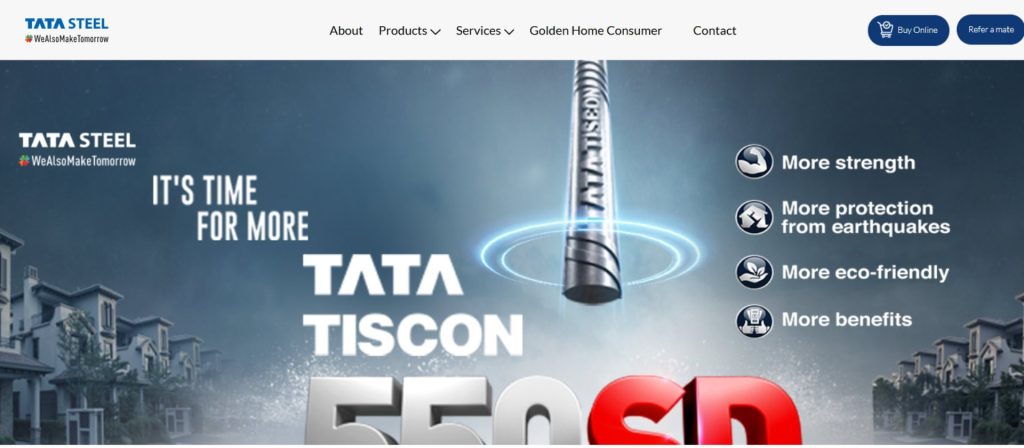
Tata Tiscon is one of the most trusted steel companies out there. It has India’s first GreenPro certified rebar manufacturing. With many other features, it is a reliable company.
Buying link – https://tatatiscon.co.in/
2) Jindal Panther Fe 550 D TMT Bars
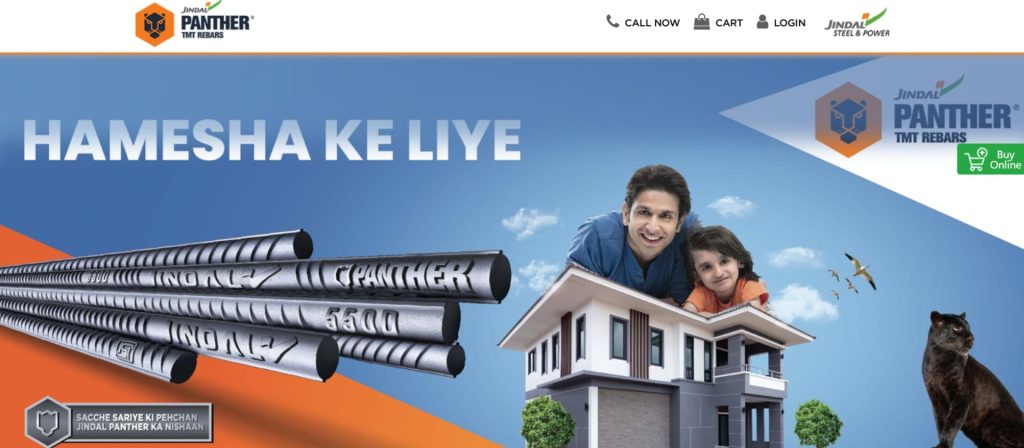
Jindal Panther, with continuous innovation and better technology, is one of the best-known steel manufacturers out there.
Buying link – https://shop.jindalpanther.com/
3) JSW Neosteel 550D
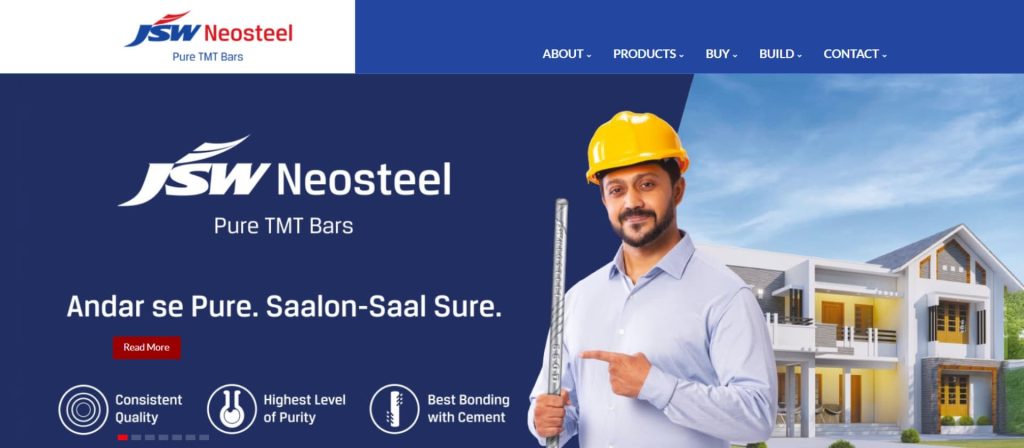
JSW manufactures steel with sustainable practices, and it is one of the leading steel suppliers in India.
Buying link – https://www.jswneosteel.in/
4) Radha TMT 550 D LRF
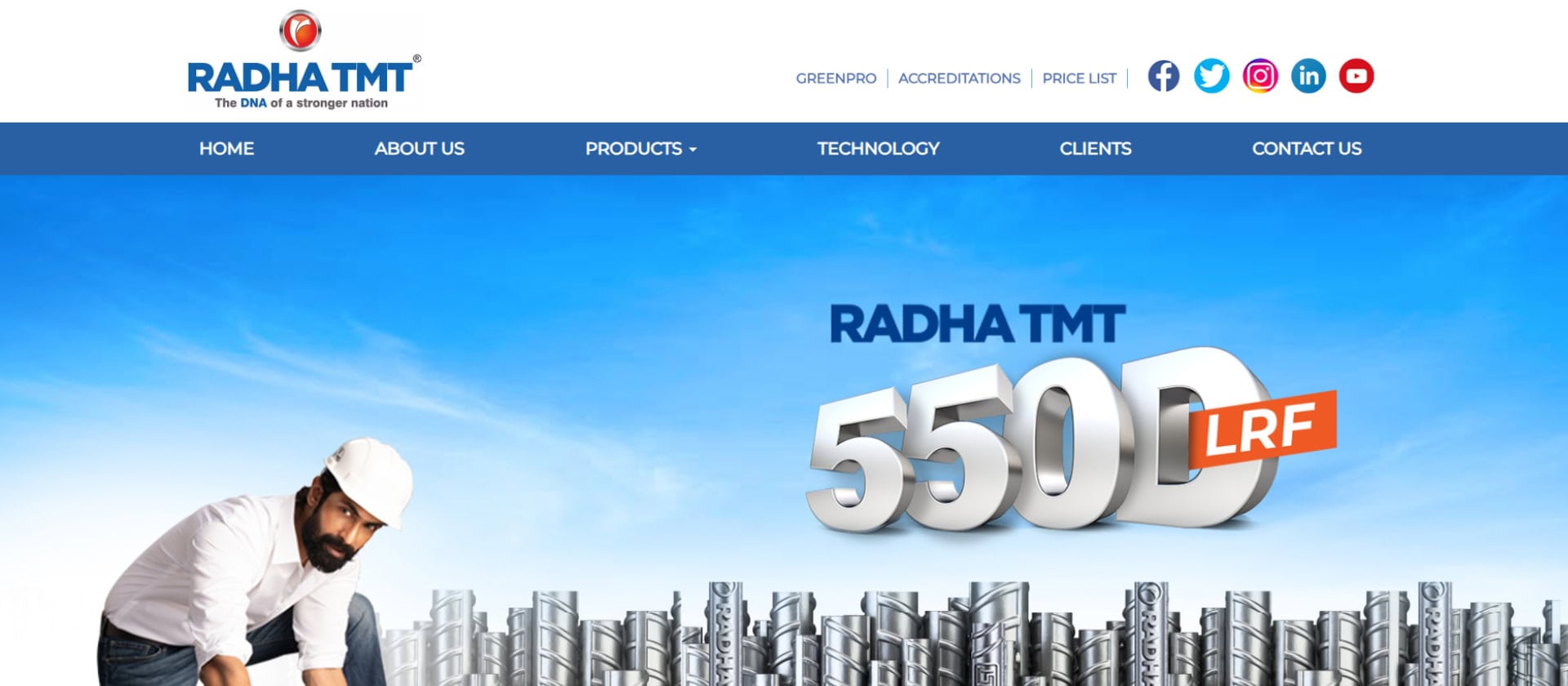
Radha groups avails some of the best and top-notch steel products in Indian construction industry.
Buying link – https://www.radhatmt.com/
5) JYOTI Tempcore SG Rebars
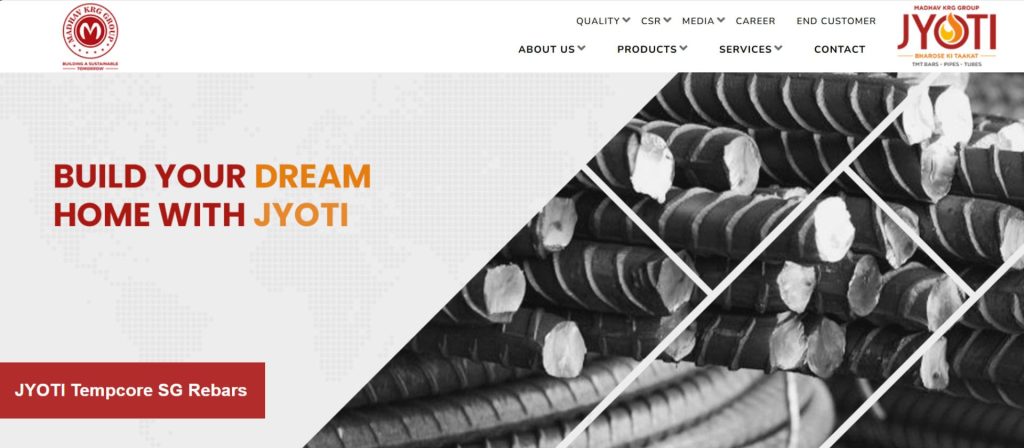
JYOTI Tempcore SG Rebars is one of the growing steel suppliers and manufacturers in India. They provide best quality steel products.
Buying link – https://www.madhavkrggroup.com/tmt-bars.php
6) Prime Gold TMT
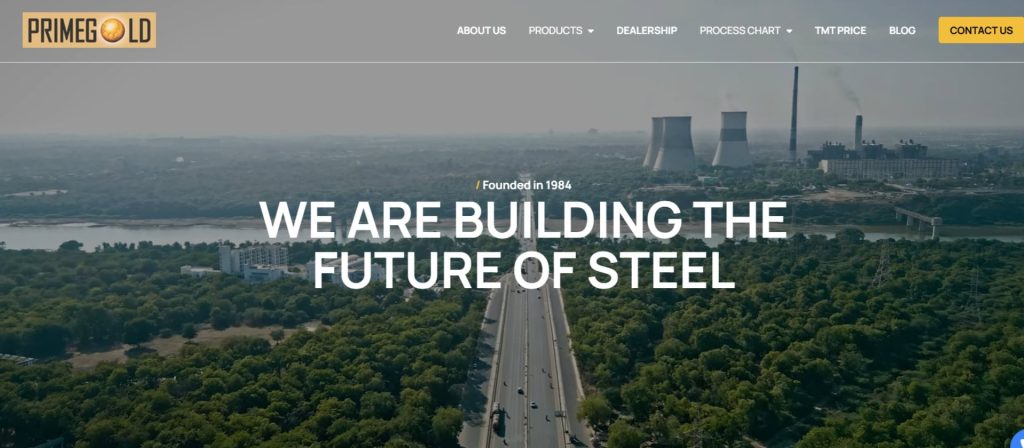
Prime Gold being the leading steel manufacturer in India that avails high-end quality products.
Buying link – https://www.primegoldgroup.com/
7) SAIL TMT
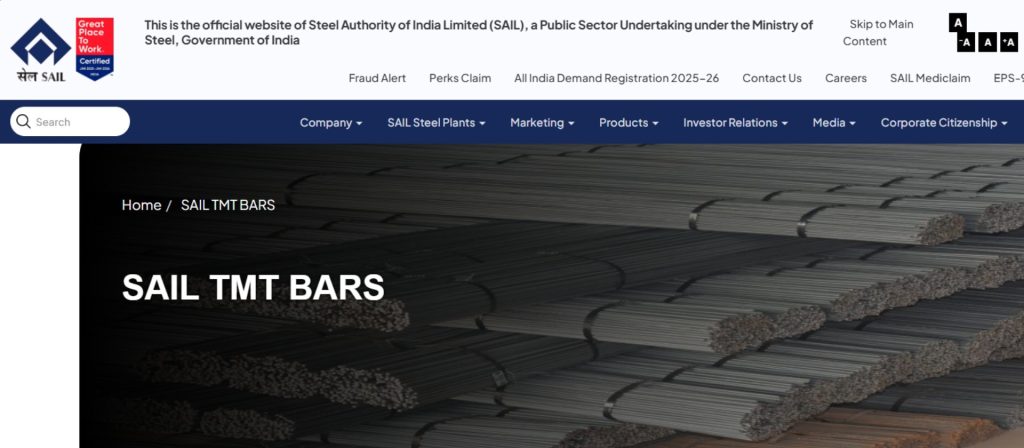
SAIL, being one of the largest steel manufacturing companies, offers high quality steel products in India.
Buying link – https://www.sail.co.in/en/products/sail-tmt
8) Vizag TMT 500D
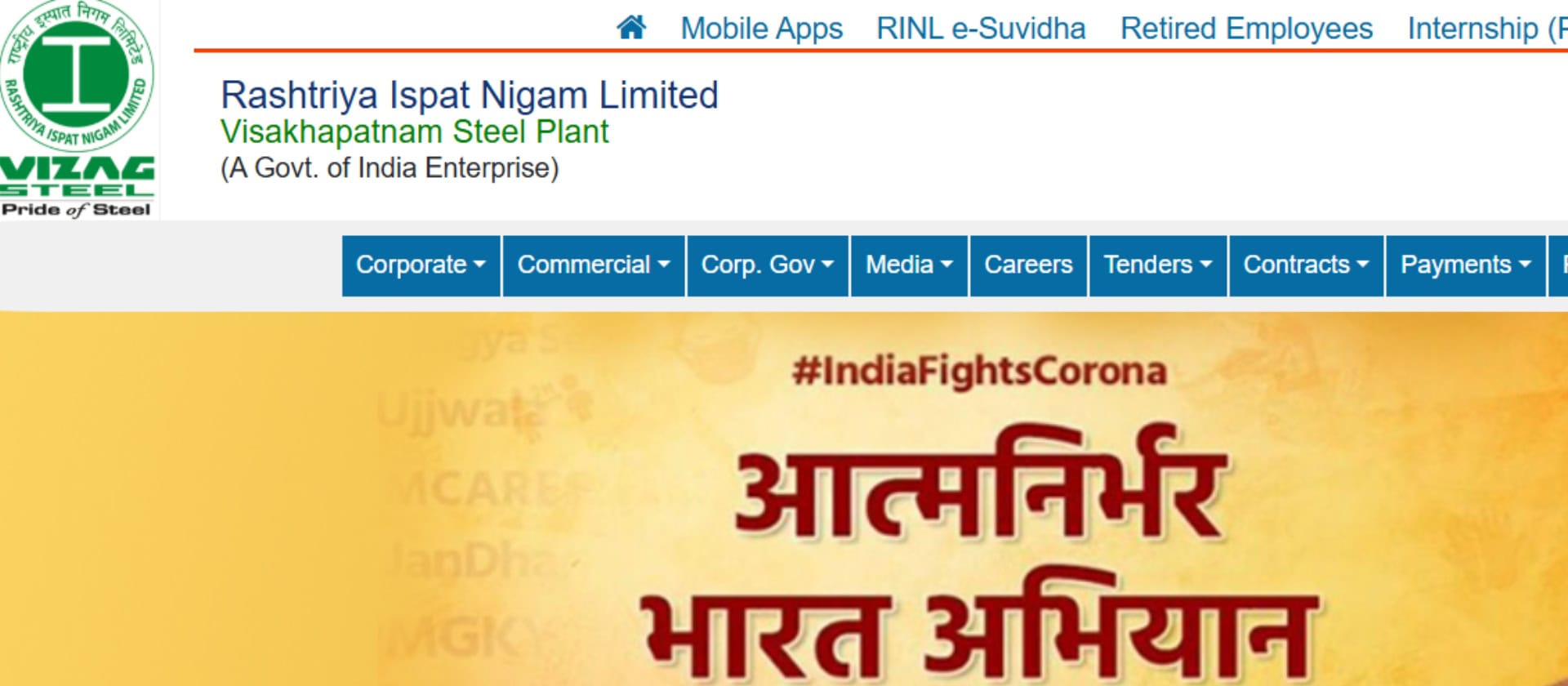
Vizag Steel has the very first shore based Integrated steel plant in India. It offers top-grade steel products.
Buying link – https://www.vizagsteel.com/index.asp
9) Kamdhenu NXT

Kamdhenu uses cutting edge technology to produce steel products. It offers superior steel products.
Buying link – https://www.kamdhenulimited.com/kamdhenu-nxt-tmt-bars.php
Conclusion
In conclusion, industry professionals and consumers must understand the reasons behind the rising steel rates in India. Factors such as increased global demand, disruptions in the supply chain, and rising production costs contribute to these price hikes. By staying informed and proactive, stakeholders can effectively navigate these challenges.
Exploring alternative materials, optimizing design, and seeking cost-saving measures can help mitigate the impact of the rising steel rates. As the steel industry continues to evolve, it is important to stay updated on market trends and explore sustainable solutions. Together, we can adapt to the changing landscape and build a resilient future amidst fluctuating steel rates.
Also Read: https://www.elegantsteels.com/top-5-tmt-bar-manufacturers
FAQs
1 What are the reasons for rising steel rates in India?
The rise in steel prices of India are affected by different factors like increased demand, shortage of raw material, impact of china, market size expansion, and so on. The biggest reason is China’s decisions regarding steel production, export limitations, and tax policies. It had a ripple effect on the global steel market, including India.
2 What are the steps the Indian Government has taken to address the high price of steel?
To address the impact of hike in steel price, the Indian government has taken many steps including steel exports, lowering GST on steel, and building steel inventories. While these efforts have brought some relief, achieving long-term price stability remains a challenge.
3 What are the ways contractors adopt to save money during times of high steel prices?
There are many strategies that contractors adopt to save money when there is a constant rise in prices of steel. They plan ahead, seek multiple quotes, explore alternative materials, bulk purchase, and collaboratively purchase steel from other contractors.
4 What are some top affordable steel companies in India?
There is quality steel available in the market that is offered by many affordable companies like JSW Steel, Tata Steel, SAIL, Jindal Steel and Power, Visa Steel, Godawari Power and ISpat, ASCO Steel, Essar, Vedanta, and Bhushan Steel. They are some of the best steel companies in India.

People also search for: why steel prices are increasing, steel price hike in india today, why steel price increase, steel price hike, why are steel prices rising, steel price trend in india for last 5 years, steel price increase, why are steel prices increasing, steel price increase in india, why metal prices are rising, iron price increase in india, causes of price rise in india



